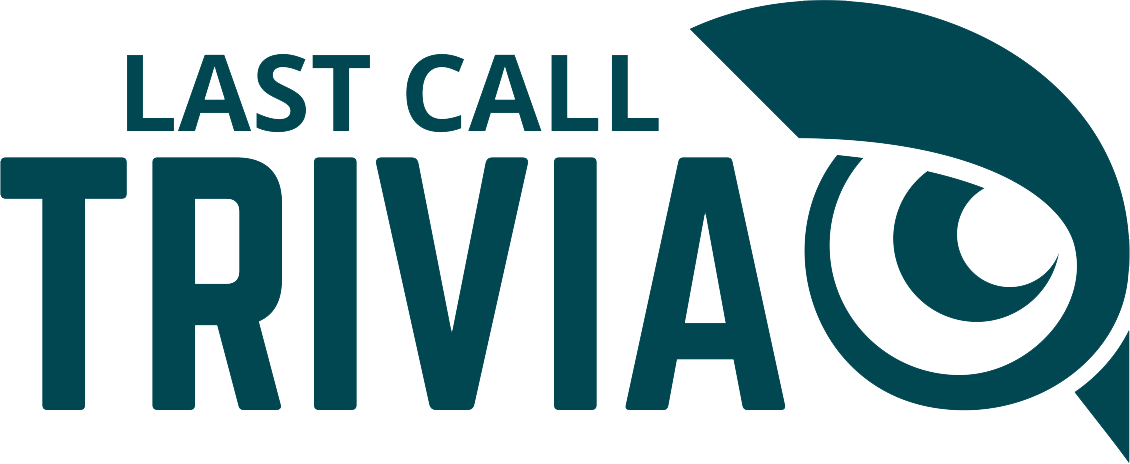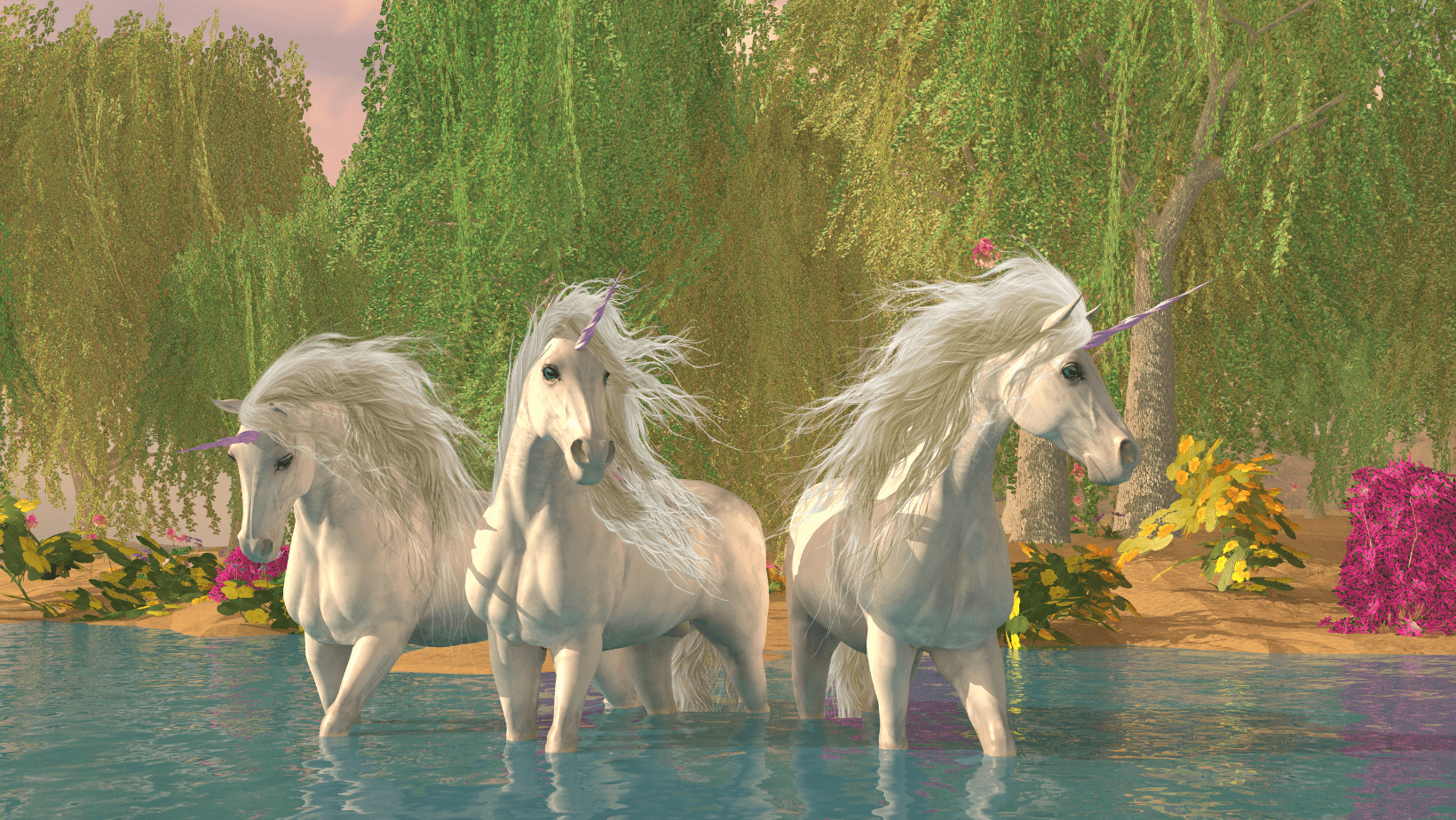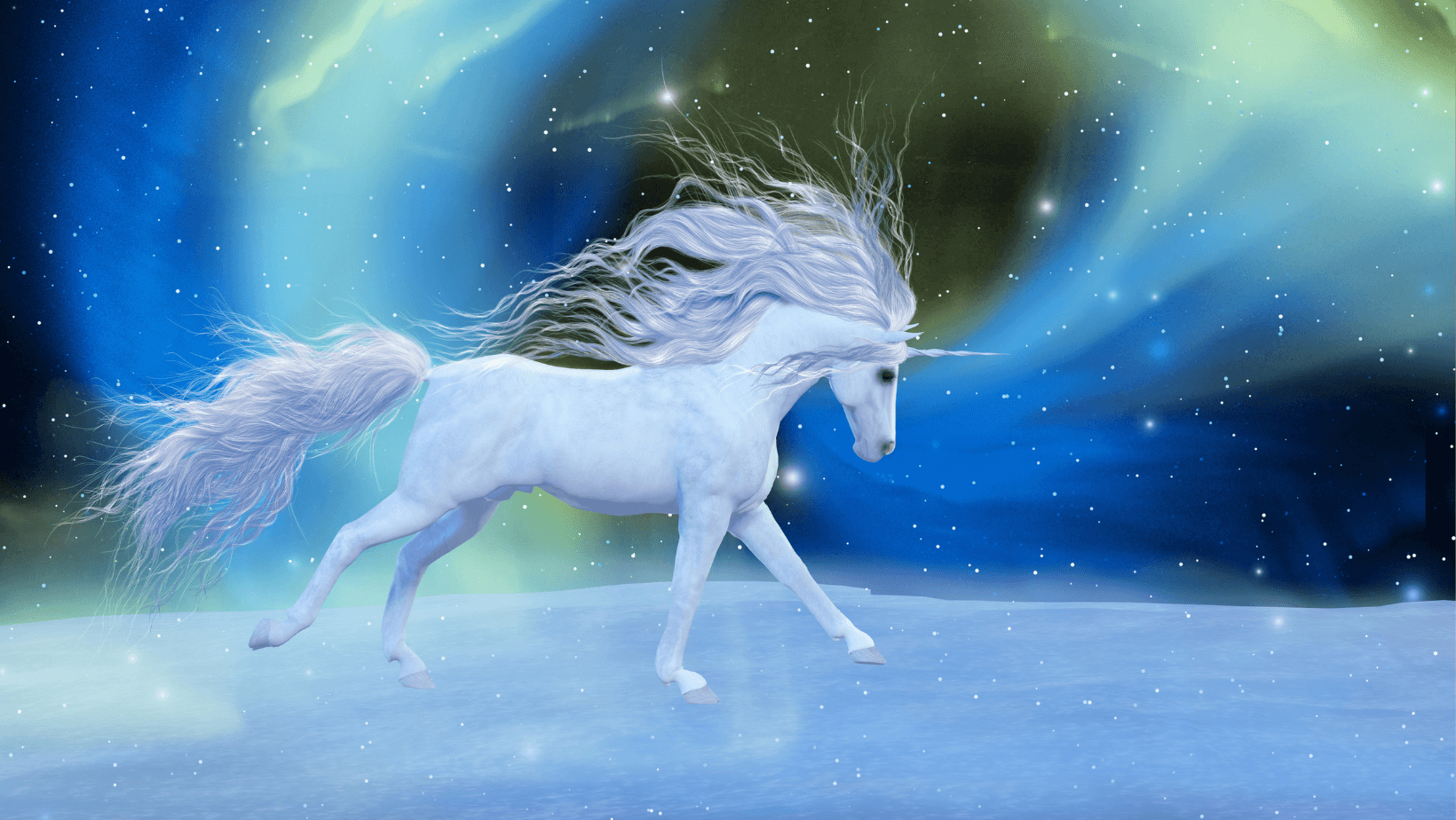
Unicorn Origins
Many civilizations worldwide have included unicorn-like creatures in their mythology. Some of their earliest depictions were found in early Mesopotamian artworks and ancient myths of India and China. The first description of a single-horned animal in Greek literature comes from the historian Ctesias from roughly 400 BCE. This account is largely credited with introducing the unicorn to European folklore.
Ctesias wrote of a creature that was the size of a horse, with a white body, purple head, and blue eyes. On the animal’s forehead was a horn that was red at the pointed tip, black in the middle, and white at the base. He also described it as fleet of foot and difficult to capture.
The creature was thought to have mythical powers, and Ctesias wrote that those who drank from its horn were believed to be protected from stomach trouble, epilepsy, and poison. While his account of the legendary animal helped spread the folklore of the unicorn, it’s believed that the actual animal behind his description was likely the Indian rhinoceros.
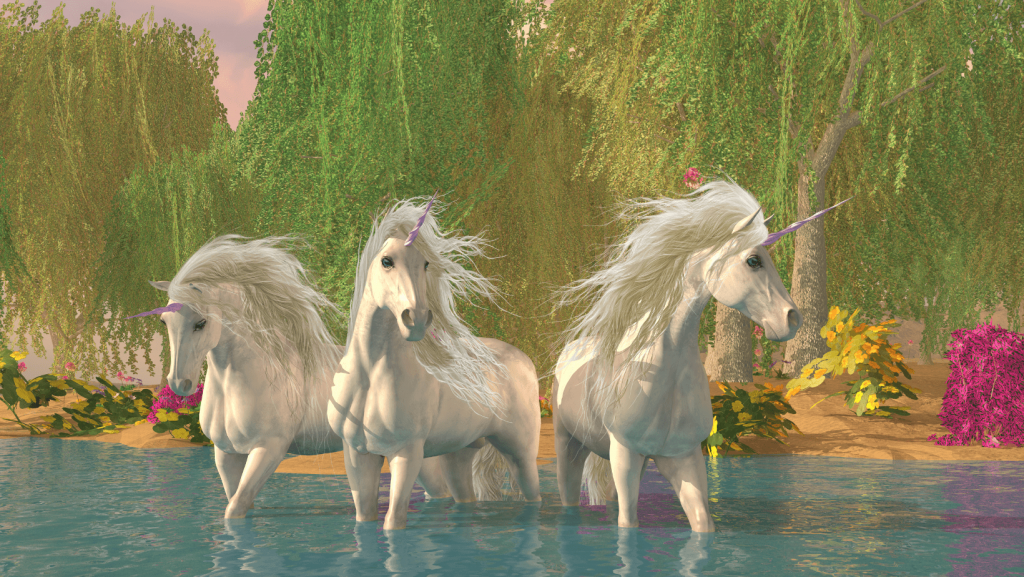
Varying Descriptions
In modern fairy tales, unicorns are often described as beautiful creatures, commonly appearing as white horses with a single long horn on their head. This is also similar to the description used in many medieval European legends.
But not all folklore portrays them as alluring. In many of the earliest tales of its existence, it was described as having the body of a goat, a short horn, and sometimes cloven hooves. These early accounts of a less-attractive creature are likely due to mistaken “unicorn sightings” that were actually other animals, like the rhinoceroses.
One such account of mistaken identity comes from Marco Polo, who believed that he spotted a unicorn while traveling through Asia along the Silk Road in the late 13th century. He wrote of his encounter with the creature, saying, “They are very ugly brutes to look at. They are not at all such as we describe unicorns.”
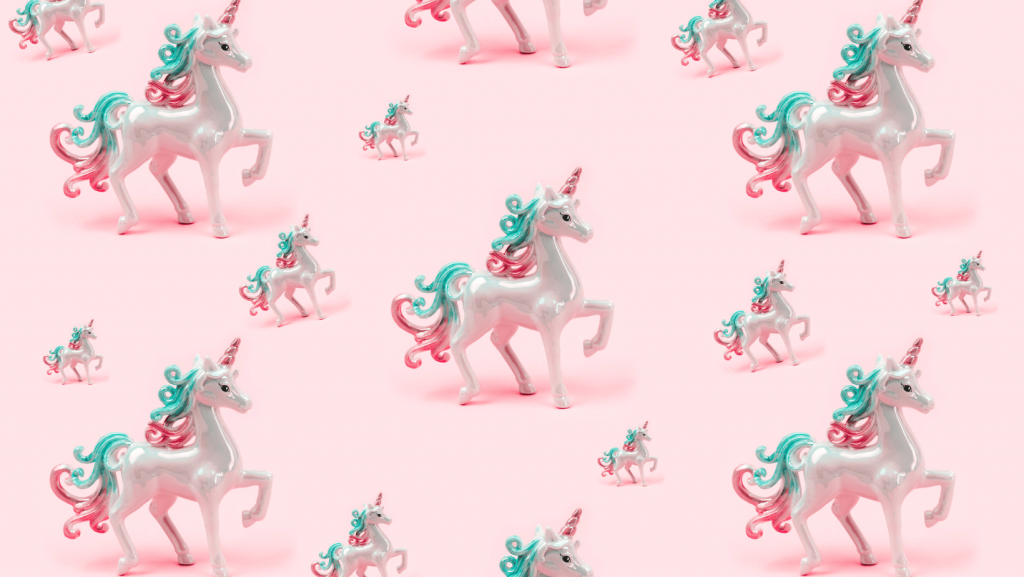
Famous Unicorns
Unicorns have been represented in a number of highly visible places throughout history. Several passages of the Bible refer to a strong and splendid horned animal called reʾem, which is Hebrew for “wild ox.” However, this word was translated to “unicorn” in several versions, including the King James Bible. Medieval writers saw the unicorn as a symbol of Jesus, who raised up a horn of salvation for mankind.
The creature has also been used as a symbol of royalty in some cultures. Unicorns were featured on the ancient seals of Babylonia and Assyria, and it was added to the royal coat of arms of Scotland around the mid-1500s. Even to this day, the unicorn is the official national animal of Scotland.
In modern popular culture, the creature is often associated with innocence, imagination, and magic. A few of the famous unicorn characters that have appeared in television and film include Princess Celestia from My Little Pony, Lady Rainicorn from Adventure Time, and Lady Amalthea from The Last Unicorn.
Weekly Trivia
Enter your guess to reveal the answer.
